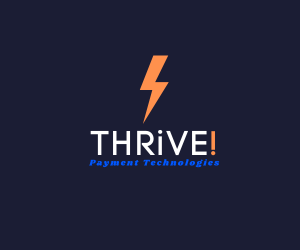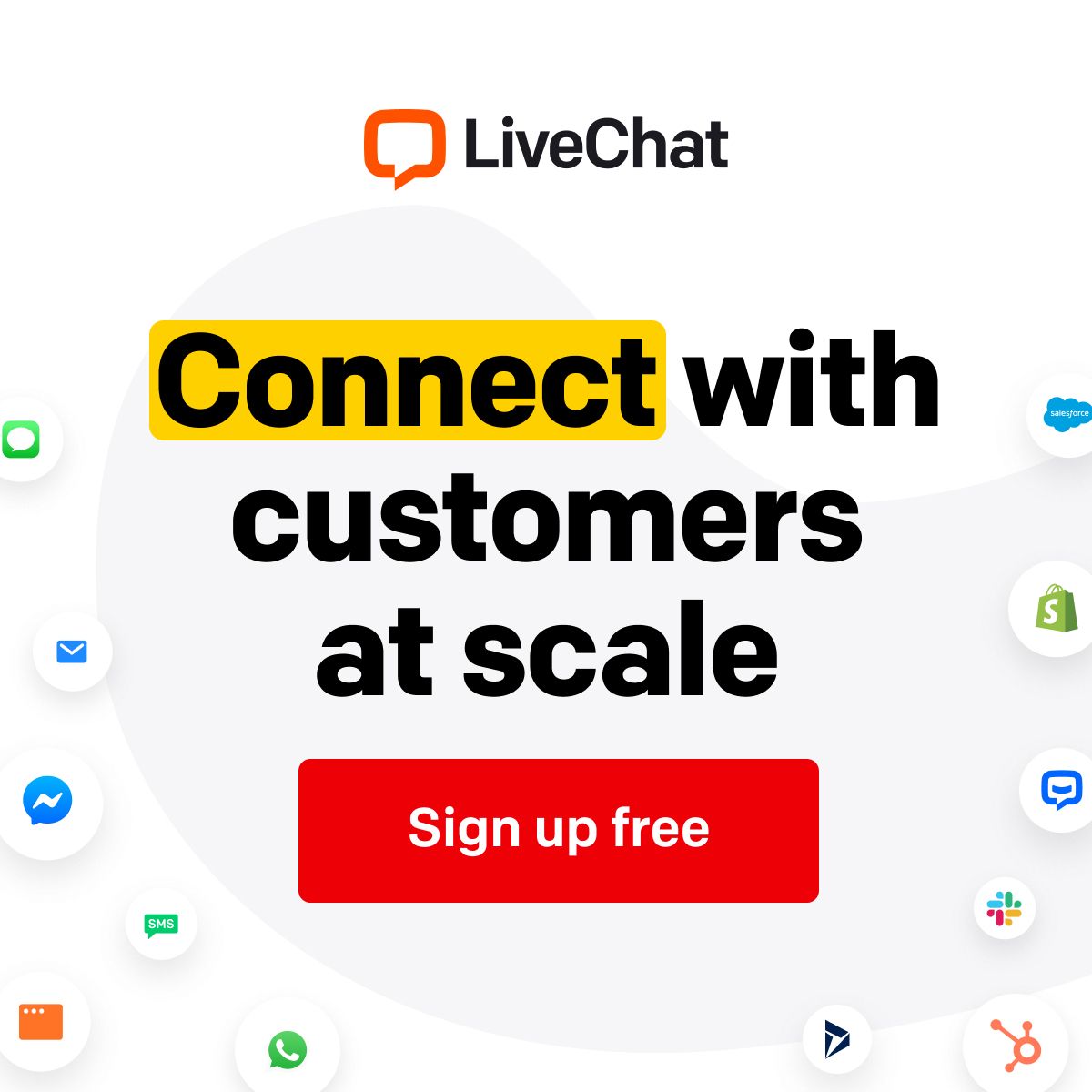Essential elements of every successful business marketing plan
What every business owner needs to know about creating a marketing plan that get results
Before spending one dollar on marketing, I highly encourage business owners and entrepreneurs invest their time and energy into creating a marketing plan for their business. The time and investment in creating a plan is going to cost you on the front end but it's going to produce ROI many times over on the back end. In other words, you won't regret the upfront time it takes to create the plan because it's a resource you and your team can come back to time and time again throughout the year to measure your results against.
Business Summary
Start with a business summary. Explain what business you're in and what your key objectives are. Sounds elementary, I know, but the fact is other people on your
marketing team are going to be looking at this. Other new hires or project managers or admins are going to be coming into this project, so you want to clearly lay out your business summary in a way that anyone who reads it will quickly grasp the concept and the goals of the business.
Identity, Mission, Vision, Values Statements
As an organization, your mission statement is a unifying force for your employees, your customers, your vendors. Spend some time developing this and refining this because it's from your mission statement that will develop your marketing campaigns including your messaging, your visuals, your communication strategy. We also suggest working on your vision statement, value proposition because it's a key part of developing your messaging and marketing materials, your website, brochures, etc. We help new and existing companies work through this process as part of our
company branding services.
SWOT Analysis
A SWOT analysis looks at your strengths weaknesses opportunities and threats to your organization. A SWOT provides an analysis of the overall marketplace and conditions for your competition and what you're up against. It also looks at where the opportunities lie and how your business can take advantage and position itself to be profitable and seize the opportunities in the market. From a strategic perspective, it also shows you where your weaknesses are what you need to be aware of and how you can fill in any gaps or missing pieces in your
business strategy.
Business Initiatives
Next, you want to look at your initiatives and goals for your marketing we don't usually plan to fail but we fail to plan and that can lead any company to not maximize the investment in their marketing.
SEO - rank on
page 1 of Google in your target marketing
SEM - acquire new customers through keyword targeting
Blog - establish your business as an authority in your industry
Downloads - develop key takeaways and downloads to increase subscriber base and top-of-the-funnel leads
Social - create high-quality content and do it consistently across multiple social media platforms and channels
Overarching initiatives: marketing initiatives, goals, metrics
What are your goals and what does success look like? Knowing this up front has an agency working with businesses is so important. It helps you and your
advertising agency be on the same page of what's success looks like and what the expectations are for the campaign. Putting the correct metrics in place as well as tracking devices helps with alignment and holds your agency or marketing firm accountable to the goals and metrics that you agreed on.
Target Market
So many times I talk to businesses that don't have a target market. Instead they just want to help anyone and as such, they end up reaching no one because they're messaging isn't on point with anyone. Narrowing down your target audience, location, and demographics is critical. The next important step is developing your personas so you speak directly to your customer and the message resonates.
Buyer Persona(s)
Next, once you've identified your target market and who you're trying to reach next you want to develop buyer personas based on real research either from existing compliance or clients that you're trying to reach up your brand new business. Understanding your customer's age income level demographic psychographics social economics, pain points, goals, and aspirations all help to create the right message for the right person. It also helps content creators and writers and artists to create the right type of content with the right messaging and the right design styles the correct use of style that's going to speak to people that you want to reach.
Competitive Analysis
Different from the SWOT analysis, the competitive analysis looks specifically at your competitor's offering, comparing pricing, differentiation, and delivery. The idea is that out of this analysis will come the unique value proposition of your business and out of this will then inform the messaging and positioning statement to better connect and differentiate your company and offering.
Market Strategy
Product
What differentiates you and how does your product meet the needs and address the pain points for your buyer personas?
Price
Determining price is a strategic business decision. On top of your selling price, what type of promotions or discounts will you offer?
Promotion
How will you promote your product and what channels best reach your target audience and buyer personas?
People
Clearly defining what each member of your team is responsible for.
Budget
Developing your marketing budget is something we talked about in our last post. It is an important business decision and process every company needs to go through and review at least once a year.
It's a question I get all the time: "How much should I spend on marketing?"
While the answer differs depending on the business, no matter what industry you're in, you need to set aside funds each year to maintain your current business and/or grow your business. Most people want to grow their business, but for some maintaining their existing business is all they can handle without generating new overhead. Either way, if you're not investing in marketing, you're likely going to lose business year over year from standard customer churn rates. Your marketing efforts will replace customers you lose throughout the year and if you do it right and invest enough, bring you new customers to grow your business year over year.
Marketing Channels
Next is determining where you will spend the budget. Determining where to place your advertisement is really industry specific. There is no one-size-fits-all here. Gone are the days of placing a newspaper ad and expecting the town to come to you. Marketing has gotten a lot more scientific and audience-specific. People are pickier about what messages they are listening to and with almost 10,000 marketing messages every day for the average person, you need to cut through the clutter with a clear, concise, and specific message. Of course, identifying your target audience is key to reaching the right people with the right message at the right time. To determine where to place your messaging, you need to know who you are trying to reach, and where to find them. That's where hiring a Los Angeles marketing firm like ours can help. We have experience helping hundreds of businesses effectively allocate their funds for marketing and running high-quality, high-impact campaigns that bring results to businesses' bottom line.
Messaging
Out of this process should develop the messaging for your product or brand campaign. Because your customers may fall into different categories and personas, multiple ad variations should likely be running at the same time with A/B testing to see what message and ads resonate best with your targeted and intended audiences.
Design
Lastly, for this post, I do want to take a minute to mention the importance of
high-quality design. Creating design elements and inspiration including fonts, colors, layouts, and images is critical to your success as a marketer. This is what helps your company to reach and inspire your potential customers to do business with you over your competitors. Design is a massive topic with multiple layers to it that we don't have time to cover today. Designing your ad campaigns is one thing, designing your customer experience including packaging, customer service, look, feel, smell, tone, voice, etc. is again part of our comprehensive branding packages that help uncover your unique attributes and communicate those effectively.
Hope this was helpful, as always feel free to drop us a line here.
















